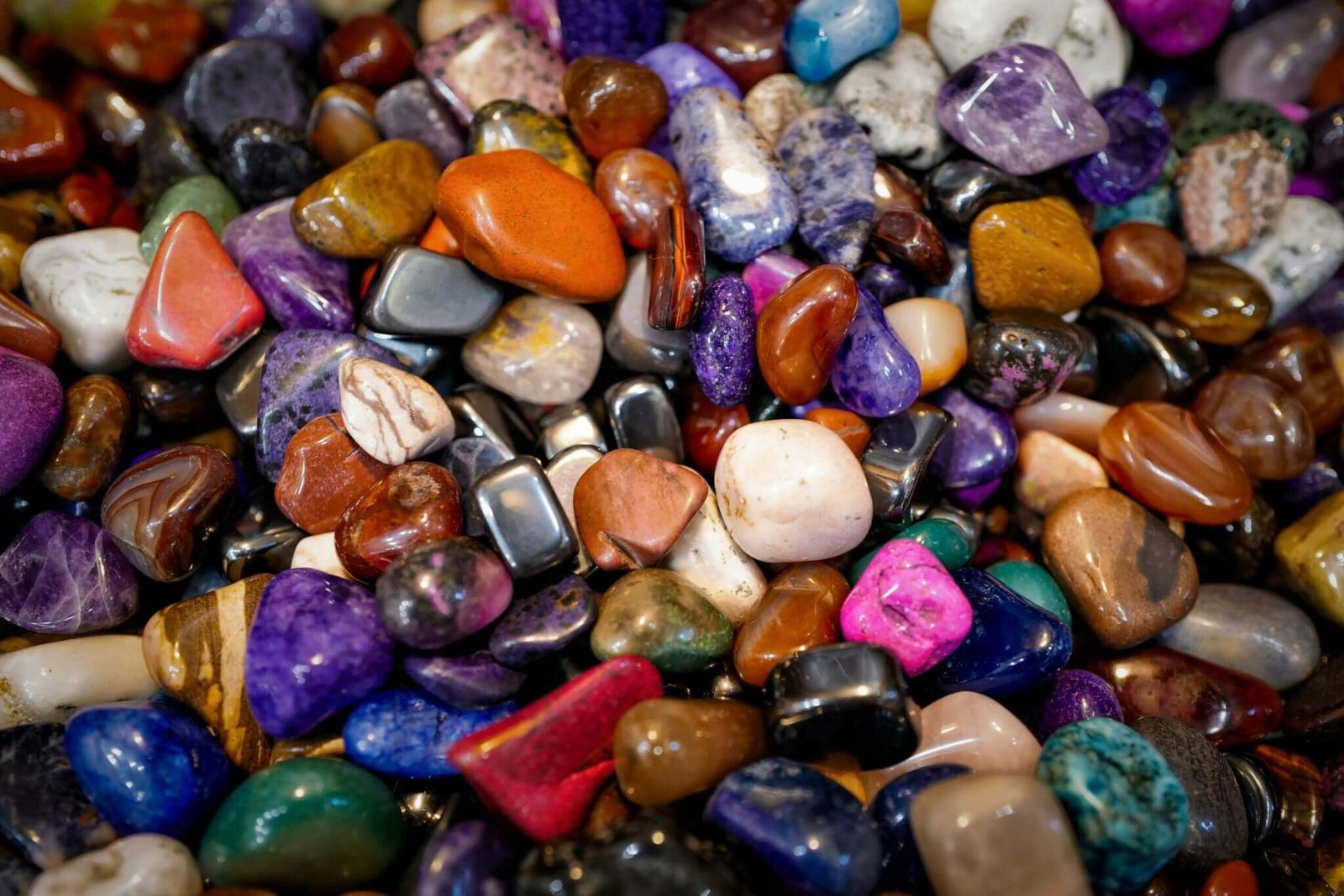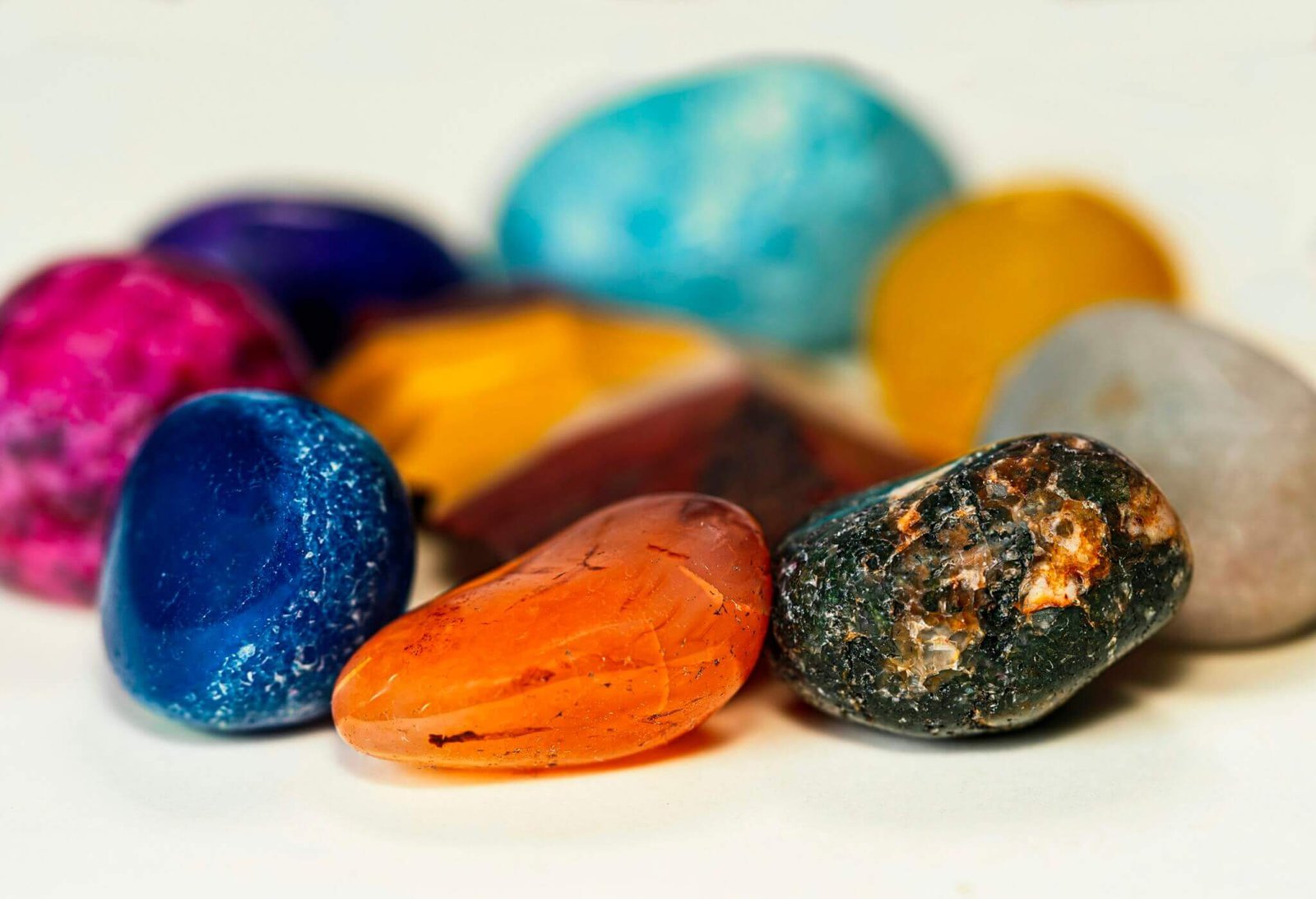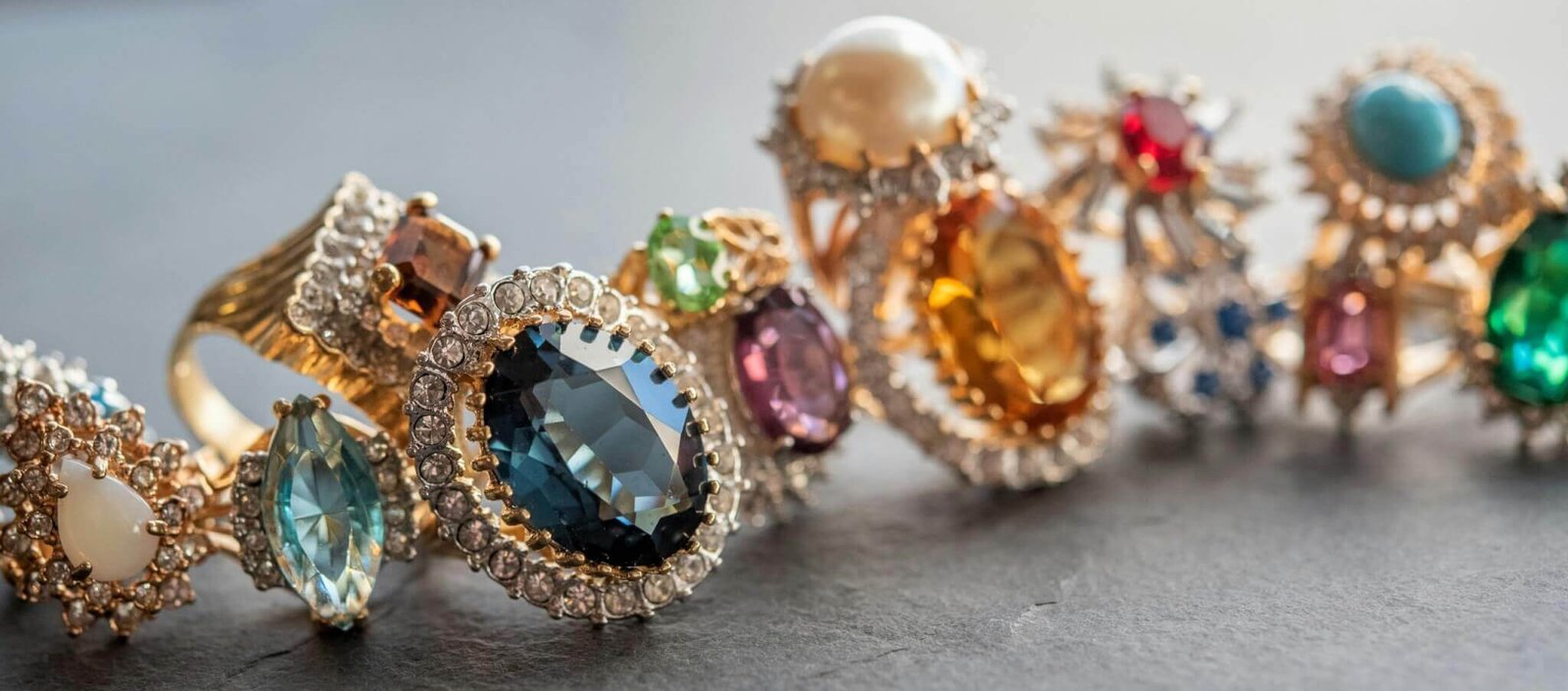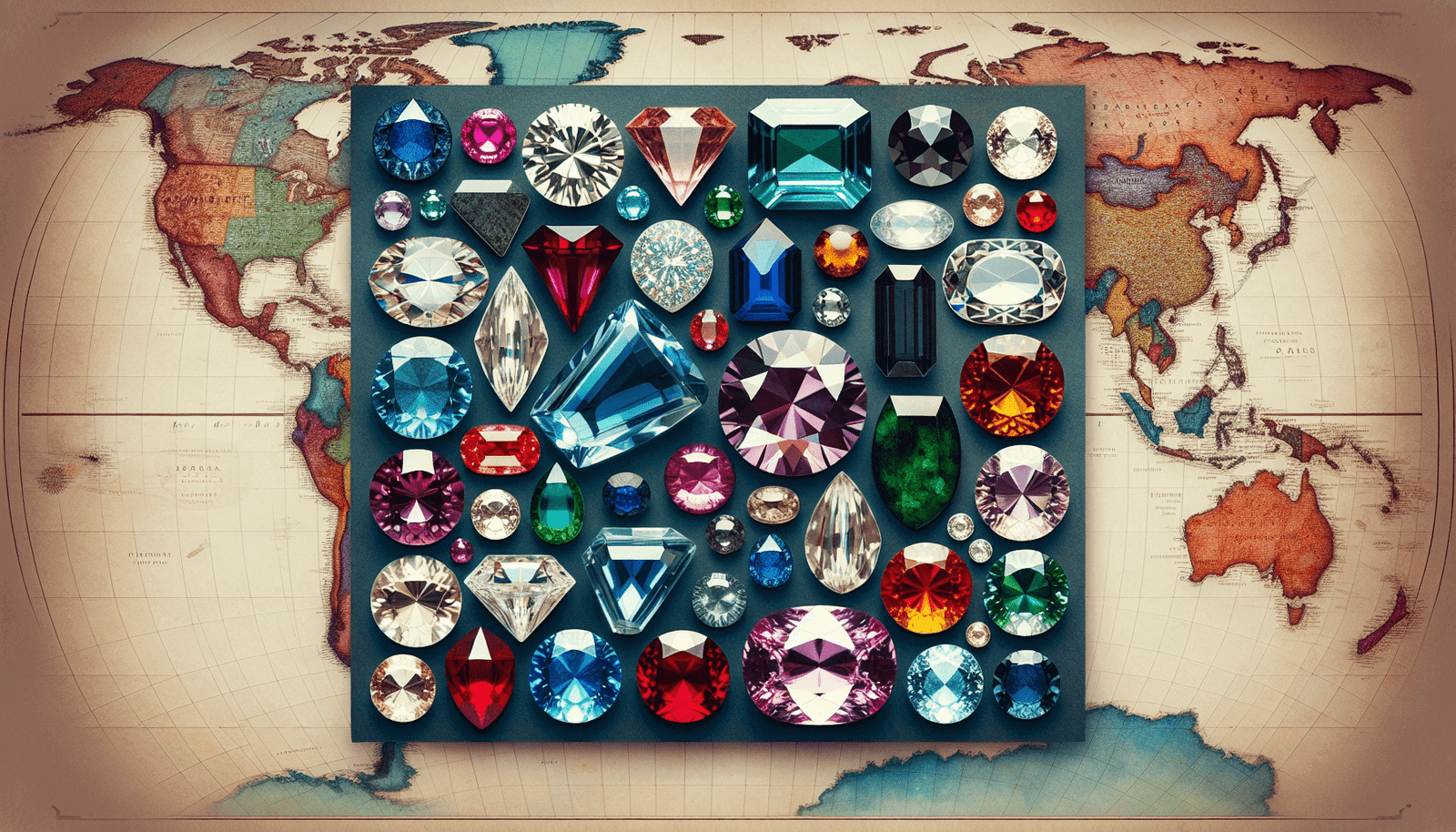Imagine, you’re standing in a world-class museum, surrounded by sparkling displays of uncountable gemstones. You can’t help but wonder how many kinds of these glorious stones are there on this vast Earth. Well, embarking on this intriguing journey where you’ll uncover the expansive world of gemstones, your curiosity shall find its answer. From the breathtakingly beautiful the diamonds to the striking rubies, enchanting emeralds, and beyond – there’s more to explore than what meets your gaze!

1. Definition of Gemstones
Gemstones, also known as precious stones, are pieces of mineral crystal that, in cut and polished form, are used to create jewelry or other adornments. There are also certain rocks like lapis lazuli, or organic materials like amber, which are not minerals, but are still used for jewelry and are therefore considered gemstones as well.
Understanding what gemstones are
You might ask “What exactly makes a stone a gem?” A gemstone is a mineral, rock, or organic material that is used for jewelry or ornamentation. They are chosen for their beauty, durability, and rarity. Most gemstones are hard, but some soft minerals are also used in jewelry because of their luster, which has aesthetic value.
Characteristics of gemstones
Gemstones have various characteristics that make them unique and desirable, including color, clarity, cut, and carat weight – famously known as the “Four Cs”. Beyond these classic characteristics, some gems have an extraordinary sparkle or a beautiful inner glow. Rare specimens may exhibit a phenomenon like a color change or a star pattern.
2. Categories of Gemstones
There are various categories of gemstones, based on their composition, source, value, and use. These categories include precious gemstones, semi-precious gemstones, artificial gemstones, and organic gemstones.
Precious gemstones
Precious gemstones are the elite class of gemstones – they’re the most valuable and the most beautiful. This category includes diamonds, rubies, sapphires, and emeralds.
Semi-precious gemstones
Unlike precious gemstones, semi-precious stones are more commonplace and less valuable. They come in a broad spectrum of color, and they include such stones as amethyst, aquamarine, citrine, garnet, opal, peridot, topaz, turquoise, and zircon.
Artificial gemstones
Artificial gemstones, also known as synthetic gemstones, are man-made replacements for natural gems. They are generally created in laboratories and include stones like cubic zirconia, moissanite, lab-grown diamonds and synthetic corundum.
Organic gemstones
Organic gemstones are created naturally, but not from the earth. Instead, they are created by organisms. This category includes pearls (formed by oysters), amber (hardened tree resin), ivory (elephant tusks), coral (marine life), and jet (decayed wood under immense pressure).

3. Precious Gemstones
Diamonds
Diamonds are well known for their dazzling brilliance and hardness. Formed under high pressure and temperature conditions that exist only about 100 miles beneath the earth’s surface, they’re one of the most valuable gems on the planet.
Rubies
Ruby is one of the traditional cardinal gems, alongside amethyst, sapphire, emerald, and diamond. Its red color comes from the element chromium. It’s considered one of the most precious gemstones due to its color, durability, luster, and rarity.
Emeralds
Emeralds are green gems that exude elegance and class. Essentially green varieties of the mineral beryl, they’re well-known and prized for their beautiful deep green color.
Sapphires
Sapphires are blue gemstones recognized for their striking hue and amazing hardness. Although blue is the most recognized color, sapphires actually come in a whole range of colors, except red.
4. Semi-precious Gemstones
Amethysts
Amethysts are violet forms of quartz, offering shades from deep purple to pinkish-violet. Traditionally, they symbolized sobriety, and the Ancient Greeks even believed they could protect against drunkenness.
Aquamarines
Aquamarines, like emeralds, belong to the beryl family. As their name suggests, these gemstones have a beautiful sea-blue color, evoking the spirit and feel of the ocean.
Citrines
Citrines are varieties of quartz that range from yellow to deep orange in color. Frequently used in jewelry, their warm hues make a brilliant addition to any outfit.
Garnets
Garnets are a group of minerals that come in a rainbow of colors, red being the most common while blue is the rarest. This gem is known for its excellent hardness and brilliance.
Opals
Opals are one-of-a-kind gems with a dazzling display of color, also known as play-of-color. They vary in color from milky white to black with flashes of yellow, orange, green, red, and blue.
Peridots
Peridot is a gem-quality variety of the mineral olivine, typically found in a wonderful light green hue. Often associated with light, this stone has a shiny, slightly yellowish aspect.
Topazes
Topaz comes in a variety of colors, but blue and golden hues are the most sought-after. This gemstone is highly prized for its hardness, making it perfect for different types of jewelry.
Turquoises
Turquoise is a valuable mineral typically found in beautiful blue to green colors. Its name, which means ‘Turkish stone’, refers to the ancient trade route through which it traveled from the mines in the Sinai Peninsula to Europe.
Zircons
Zircon ranges in color from golden brown to red, although blue is the most popular. Despite being confused with cubic zirconia, a synthetic diamond substitute, natural zircon is a precious gemstone known for its high refractive index and exceptional fire.

5. Artificial Gemstones
Cubic Zirconia
Cubic zirconia is a synthetic gemstone that closely resembles a diamond due to its brilliance and crystal clarity. Originally developed for use in lasers, it’s now a popular, affordable alternative to diamonds.
Moissanite
Moissanite is another synthetic stone known for its close likeness to diamonds. It was first discovered in the late 19th century but is now recreated in labs due to its rarity in nature. It’s almost as hard as a diamond and shines with an intense fire.
Lab-grown diamonds
Lab-grown diamonds, also called man-made or synthetic diamonds, have physical and chemical properties identical to those of natural diamonds. The only difference is that they are created in a laboratory.
Synthetic corundum
Synthetic corundum, including ruby and sapphire, is made in laboratories but has the same physical, chemical, and optical properties as their natural counterparts. This makes them more than reasonable substitutes for the real thing.
Glass
Though not a gem in the traditional sense, glass has been used in jewelry for thousands of years. It’s often treated with various elements or heated to create beautiful colors and patterns.
6. Organic Gemstones
Pearls
Pearls are organic gemstones created by mollusks. They are made of calcium carbonate deposited in concentric layers. They have a soft, glowing luster that’s highly valued in the world of jewelry.
Amber
Amber is a fossilized tree resin known for its warm golden glow. Through its deep, rich hues, you can often see preserved fossil inclusions like leaves, insects, or flowers.
Ivory
Ivory is a hard, white substance primarily derived from the tusks of elephants. Though its use is controversial due to ethical considerations, it has been highly prized throughout history.
Coral
Coral is a gemstone made by small, colonial marine animals. Its distinct charm and color palette ranging from yellow to red have made it quite popular in jewelry.
Jet
Jet is a type of lignite, a precursor to coal. It’s black in color, can be highly polished, and has been used as a gemstone since prehistoric times.
Nacre
Nacre or mother-of-pearl is an organic material that makes up the outer lining of pearl shells. It’s known for its strong, resilient, and iridescent nature.

7. Rare Gemstones
Painite
Painite is one of the world’s rarest gems. First found in Myanmar by British mineralogist Arthur C.D. Pain in the 1950s, it’s a borate mineral that can appear brown or reddish brown.
Grandidierite
Grandidierite is a rare blue-green mineral first discovered in Madagascar in the early 20th century. Transparent material is highly prized and exceptionally rare, making it a highly valuable gemstone.
Blue Garnet
Blue garnet is extremely rare and changes color from greenish-blue in daylight to purplish-red under incandescent light. It was discovered in the late 1990s in Madagascar.
Musgravite
Musgravite is another gem that’s extremely hard to find. It’s part of the same family as taaffeite and was first discovered in 1967 in South Australia’s Musgrave Ranges – hence its name.
Alexandrite
Alexandrite is a color-change gem that appears green in daylight and red under incandescent light. Its unique optical properties paired with its rarity make it one of the most expensive gems.
Jadeite
Jadeite is one of two minerals commonly known as jade (the other being nephrite). It’s a very desirable gemstone, especially in an intense green color.
Pink Star Diamond
The Pink Star Diamond is one of the world’s most precious gemstones known for its distinctive color, exceptional clarity, and massive size. It’s the largest known diamond rated Vivid Pink.
8. Color Varieties in Gemstones
The same type of gemstones with different colors
Certain types of gemstones are found in different colors. The most common examples include sapphires, garnets, and tourmaline.
Factors affecting gemstone color
A gemstone’s color is affected by the presence of trace elements during its formation. This can result in a range of colors within the same type of gem.
Color grading in gemstones
Color grading in gemstones is based on hue, tone, and saturation. It’s important in determining a gemstone’s value, with ideal grading typically being pure and vivid colors with no overtones.

9. Gemstone Shapes and Cuts
Common gemstone shapes
Gemstone shapes, or cuts, are designed to showcase a gem’s best attributes. The most common shapes include round, oval, pear, marquise, rectangle, square, heart, and cushion.
Different types of gemstone cuts
Different cuts impart different optical effects on gemstones. Some common cuts include the brilliant, step, and mixed cuts.
10. Importance and Use of Gemstones
Use of gemstones in jewelry
Gemstones have been used in jewelry making for thousands of years. They add color, elegance, and personal significance to various pieces, ranging from rings and earrings to necklaces and bracelets.
Symbolic importance of gemstones
Gemstones have cultural and personal significance. They are often associated with birth months, anniversaries, astrological signs, and even mystical properties.
Gemstones in alternative medicine
Crystal healing is a pseudoscientific alternative medicine technique that uses gemstones for therapeutic purposes. Practitioners believe crystals and gemstones have healing properties, although there’s no scientific basis for this claim.
Industrial application of gemstones
Aside from their aesthetic uses, some gemstones like diamonds are used in industries for their physical properties. They’re used in high-precision cutting tools and other applications where extremely hard materials are necessary.



